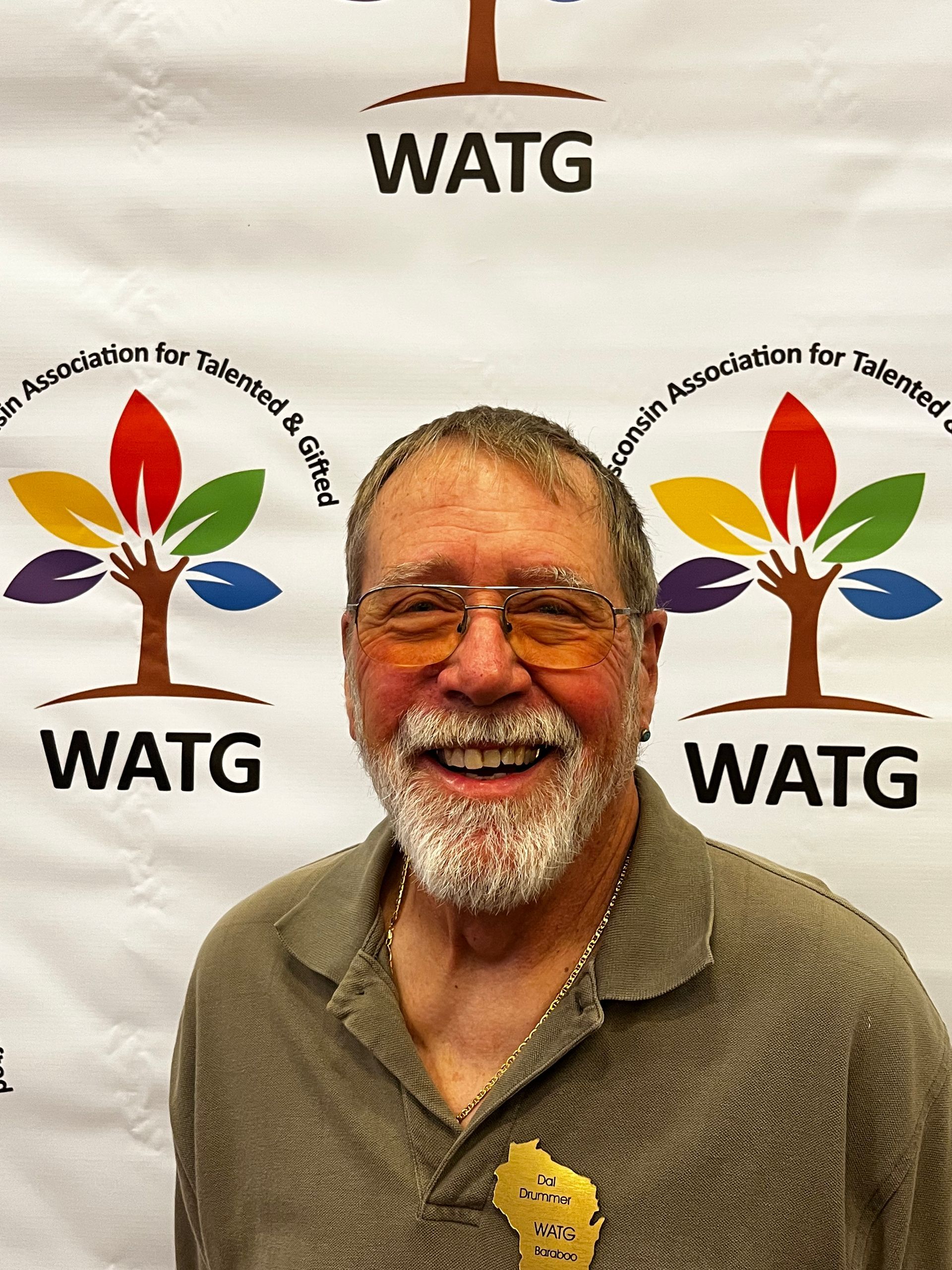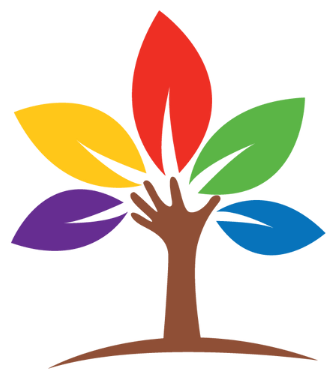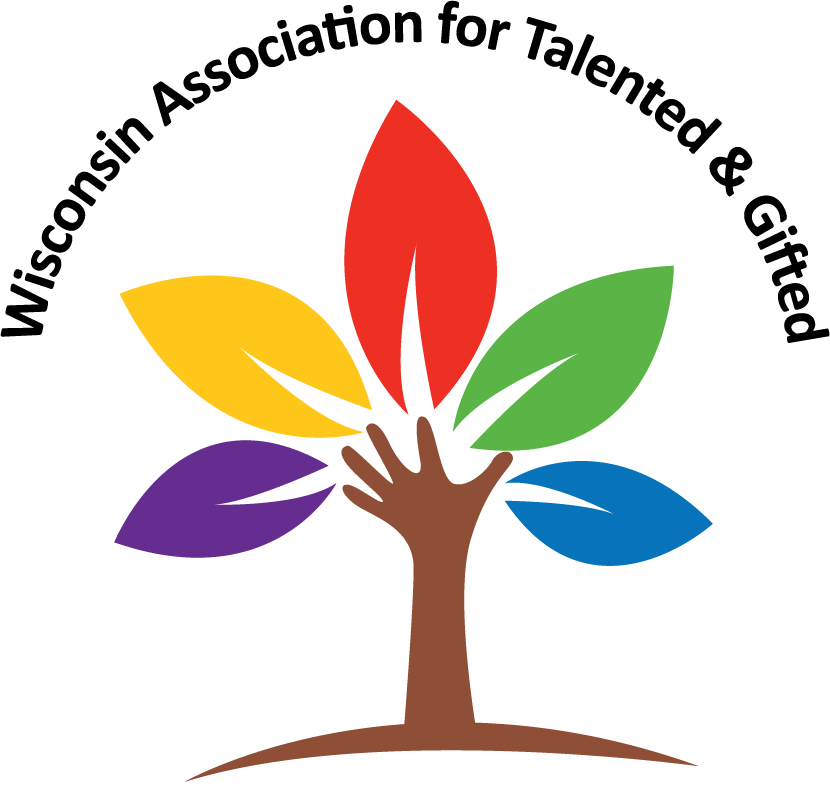Beyond the IQ Score: A Challenge to Rethink Gifted Identification and Support
Traditional methods of gifted identification, which rely heavily on standardized IQ tests and academic achievement, can be limiting to many students. While these tools can be effective, especially for academically gifted students, they often overlook students who are gifted in one or more of the other four areas (intellectual, creative, visual and performing arts, and leadership), those who are twice-exceptional and may have barriers to performing well on standardized tests, those who are culturally or linguistically diverse, or those from underrepresented backgrounds. Additionally, these assessments may not capture the full range of a student’s ability, especially for individuals who might not test well in a traditional testing environment. Barriers such as anxiety, language, and cultural differences can impact test performance and lead to under-identification. A holistic approach should be considered by school districts and gifted programming coordinators to allow for diversity and equity in gifted identification.
There are a variety of alternative assessment strategies available in addition to a traditional IQ test, including:
- Nonverbal Tests: Assessments like the Naglieri Nonverbal Ability Test (NNAT) can evaluate a student's cognitive ability without relying on language skills, making it more equitable for students from diverse linguistic backgrounds.
- Performance-Based Assessments: These tests evaluate students’ problem solving processes and creative outputs, which provide a more comprehensive view of their capabilities beyond traditional test measurements.
- Dynamic Assessment: This approach focuses on a student's potential for learning by assessing their ability to learn new information with appropriate support, rather than relying solely on their current knowledge base.
- Portfolios and Observations: Collecting and reviewing a student’s body of work across grades and subjects, combined with observations, can offer insights into their unique strengths that a traditional IQ test might not reveal.
For example, a creative fourth grader who struggles with standardized tests, but demonstrates exceptional artistic ability, would benefit from a portfolio assessment, which can include artwork, a self-reflection journal, and a self-created video explaining the artistic process. This would allow educators to assess the student’s problem-solving, originality, and depth of thought, which could lead to proper identification for a gifted arts program or gifted arts accommodations.
Another example could be a sixth grade student who recently immigrated to the U.S. and speaks very little English. He may be hesitant to participate in class discussions and would likely have low standardized test scores due to language barriers. However, his teacher sees that he is quick to solve complex puzzles and excels at recognizing patterns in visual games. For this student, the Naglieri Nonverbal Ability Test (NNAT) would be a great alternative assessment because the student can be evaluated on his problem-solving and reasoning skills without verbal or written responses. This could lead to placement in an advanced math program, allowing him to thrive.
When identifying gifted students, the best approach is a holistic one, which combines traditional assessments with alternative methods to create a complete picture of a student’s abilities. This can include universal screening for all students, reducing reliance on teacher or parent referrals, which can introduce bias, and increasing equitable placement opportunities for all students. An approach that uses multiple criteria, both qualitative and quantitative, helps cover the full range of gifted domains. Finally, it’s important to ensure that the identification processes are sensitive to cultural differences.
Once students are identified through one of these comprehensive methods that address the whole child, it is crucial to provide support that nurtures their talents. This could include differentiated instruction, which tailors educational experiences to meet the varying needs of all students, including gifted students, and offers opportunities for acceleration when necessary and enrichment when possible. Social-emotional support is also very important for gifted learners to help them address and understand their unique needs, such as overcoming perfectionism, asynchronous development in relation to their peers, and the pressure they often put upon themselves to meet high expectations. Additionally, and perhaps most important, there is an ongoing need for professional development among educators, staff, and administration. Equipping educators with skills and knowledge to recognize and support giftedness in all of its forms will allow teachers to foster an inclusive environment that celebrates the diverse talents of all students, including gifted students.
Educators, I challenge you to embrace a broader perspective when discussing the identification and support of gifted learners. Educational systems can move toward more equitable practices that recognize and cultivate potential in every student when educators are on board and actively advocating for the unique needs of these learners.
Sources:
National Association for Gifted Children (NAGC). (n.d.).
Key considerations in identifying and supporting gifted and twice-exceptional students.
National Association for Gifted Children (NAGC). (n.d.).
Identifying and serving culturally and linguistically diverse students.
National Association for Gifted Children (NAGC). (n.d.).
Identification. Retrieved February 22, 2025, from https://nagc.org/page/identification.
National Association for Gifted Children (NAGC). (n.d.).
Use of the WISC-V for gifted and twice-exceptional identification.
By Laura Mukerji, WATG Board Member











